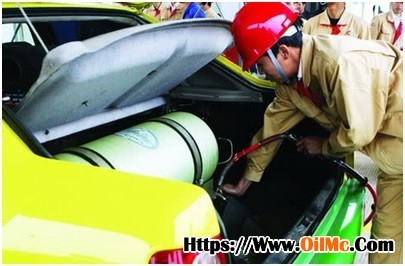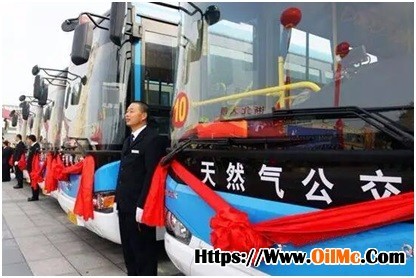02
2022
-
04
Car "oil to gas" in Sichuan strong rebound
Recently, seven government departments, including Sichuan Development and Reform Commission, Provincial Public Security Department, Provincial Department of Ecology and Environment, Provincial Department of Transportation, Provincial Department of Emergency Management, Provincial Market Supervision Administration and Provincial Energy Bureau, jointly issued a document "Notice on Further Regulating Matters Relating to Natural Gas Vehicle Conversion" (Sichuan Development and Reform Energy Regulation [2022] No. 71), which has aroused great concern among enterprises, institutions and management departments involved in the domestic natural gas vehicle industry chain The notice has aroused great concern among enterprises, institutions and management departments involved in the domestic natural gas vehicle industry chain. Sichuan Provincial Development and Reform Commission and other seven departments pointed out that the Notice is to adapt to the current needs of safety work, further regulate the management of natural gas vehicle conversion, strengthen the supervision afterwards, and promote the high-quality development of the natural gas vehicle industry.

According to the data, by the end of 2021, the number of natural gas vehicles in China had reached 7.02 million, most of which are CNG vehicles, amounting to about 6.2 million, of which CNG vehicles are mainly converted from oil to gas, accounting for about 75%. At the same time, there are more than 5,600 CNG vehicle refueling stations across the country. In fact, in 2019 and 2020, the number of CNG vehicles in China will be about 6.72 million and 6.32 million respectively, showing a downward trend. In recent years, the promotion of CNG vehicles has slowed down due to different attitudes towards "oil-to-gas" conversions around the country.
Sichuan Province, while accurately promoting new energy vehicles, can realistically combine Sichuan's particularly rich natural gas and shale gas resources, reserves and production are the first in the country, 2021 natural gas consumption only accounts for 55.4% of production of the specific provincial conditions, according to local conditions to continue to regulate and support the conversion of natural gas vehicles documents. This pragmatic approach is commendable.
Relevant test data show that vehicles using natural gas can reduce PM2.5 emissions by 93% and nitrogen oxide emissions by up to 60% compared to diesel vehicles. The 6.2 million CNG vehicles nationwide can replace about 15.93 million tons of gasoline, while reducing carbon dioxide emissions by 11.36 million tons, "gas instead of oil" has become a major way to reach the carbon peak in the transportation sector.
In terms of economy, experts point out that CNG vehicles can save about half of the fuel cost compared to gasoline vehicles. At the same time, CNG passenger cars and cabs are more economical than pure electric cars in most western provinces of China, where CNG prices are around 3.5 yuan/m3.

The State Council issued in 2021 the "carbon peak action program by 2030" in the transport green low-carbon action, it is proposed to promote the low-carbon transformation of transport tools and equipment, and actively expand the application of new energy, clean energy such as electricity, hydrogen, natural gas, advanced bio-liquid fuel in the field of transport. The country has always supported the parallel development of new energy vehicles and clean energy vehicles, and natural gas vehicles are among them. From a whole life cycle perspective, natural gas vehicles are economical and have sufficient market competitiveness. Therefore, the natural gas vehicle industry will once again rebound strongly in the western provinces of China.
Related News








